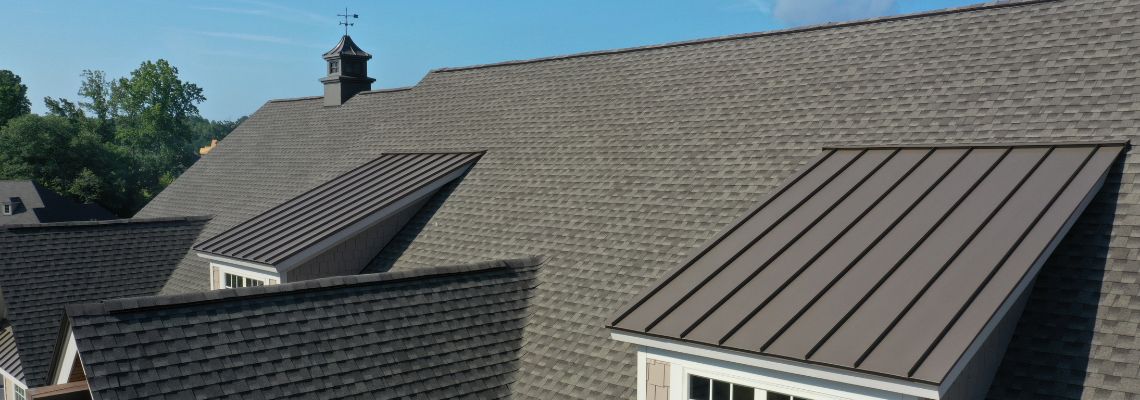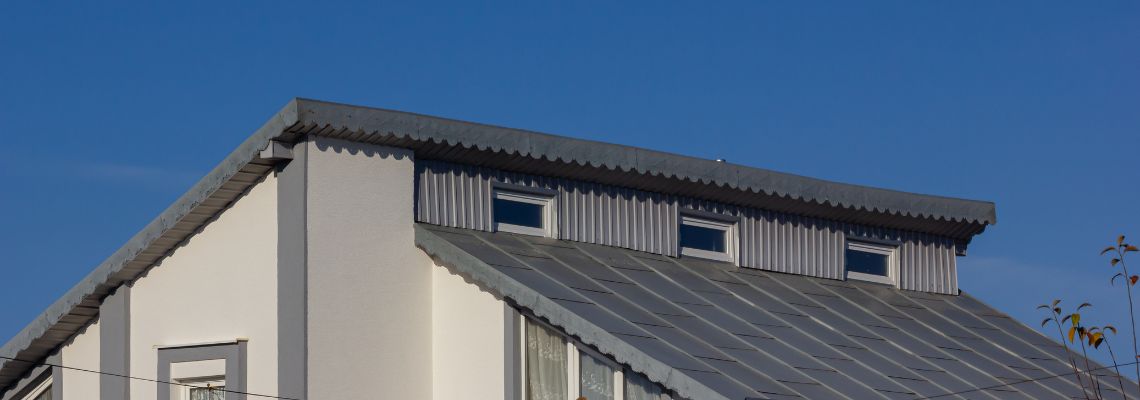Transforming Your Home: The Ultimate Guide to Selecting the Right Roofing Material
Your home is more than just a place to live; it’s a personal statement and a sanctuary for you and your family. One of the most critical decisions in home maintenance and renovation is selecting the right roofing material.
It’s not just about the visual appeal; the right choice can enhance your home’s energy efficiency, weather resistance, and overall value. This guide will walk you through the various roofing materials available, helping you make an informed decision that aligns with your home’s needs and your personal style.
Understanding the Basics:
Before diving into the myriad of roofing options, it’s essential to understand the factors that should influence your decision. Consider the following:
- Durability: How long will the roofing material last under normal weather conditions?
- Weight: Can your existing roof structure support the weight of the new material without additional reinforcement?
- Slope: Is the material suitable for your roof’s pitch?
- Aesthetics: Does the material complement your home’s exterior and the surrounding landscape?
- Cost: What is your budget, and how does it align with the cost of materials and installation?
- Maintenance: How much maintenance is required to keep the roofing material in good condition?
- Energy Efficiency: Will the material help insulate your home and reduce energy costs?
- Local Building Codes: Are there restrictions on roofing materials in your area due to building codes or homeowners association covenants?

Roofing Material Options:
With the basics in mind, let’s explore the most common roofing materials:
- Asphalt Shingles: Asphalt shingles are the most popular roofing material in North America due to their cost-effectiveness, ease of installation, and variety of styles. They can last 20 to 30 years and are a solid choice for most residential homes.
- Metal Roofing: Metal roofs are known for their longevity (up to 50 years or more), durability, and energy efficiency. They can also be recycled at the end of their life, making them an eco-friendly option.
- Wood Shingles and Shakes: Wood offers a natural look with a range of colors, finishes, and textures. While they provide rustic charm, they require more maintenance and have a shorter lifespan than other materials.
- Clay and Concrete Tiles: These materials are incredibly durable and can last for over 50 years. They’re heavy, so they may require additional roof support, but their thermal properties can help regulate indoor temperatures.
- Slate Roofing:Slate is a high-end roofing material with a lifespan of 100 years or more. It’s heavy and expensive but offers a unique, elegant appearance.
- Synthetic Roofing: Synthetic materials, such as rubber, plastic, and polymer roofing, can be engineered to mimic the look of wood or slate. They’re lightweight, durable, and often more affordable than natural materials.
n-Depth Look at Each Material: Now, let's take a closer look at each option:
Asphalt Shingles:
- Pros: Cost-effective, widely available, variety of colors and styles, easy to repair.
- Cons: Shorter lifespan than other materials, can be damaged by high winds.
Metal Roofing:
- Pros: Long lifespan, fire-resistant, energy-efficient, can be installed over existing roofs.
- Cons: Can be more expensive, noise during rain or hail, potential for dents.
Wood Shingles and Shakes:
- Pros: Natural beauty, insulation properties, can be treated for fire and rot resistance.
- Cons: Requires regular maintenance, can be susceptible to fire, rot, and insects.
Clay and Concrete Tiles:
- Pros: Long-lasting, non-combustible, offers thermal insulation.
- Cons: Heavy, may require additional framing, higher installation cost.
Slate Roofing:
- Pros: Incredibly durable, fireproof, low maintenance, unique appearance.
- Cons: Very heavy, expensive, requires skilled installation.
Synthetic Roofing:
- Pros: Lightweight, less expensive, variety of styles, durable.
- Cons: Not as well-known, longevity varies by product.

Cost Considerations:
While it’s tempting to choose the least expensive option, consider the long-term implications.
A more durable material might have a higher upfront cost but can save you money on repairs and replacements in the long run.
Don’t forget to factor in installation costs, which can vary significantly between materials.
Conclusion:
Selecting the right roofing material is a significant investment in your home’s future.
It’s not a decision to be taken lightly, but with the right information and guidance, you can choose a roof that protects your home, enhances its beauty, and serves you well for decades to come.
Remember to consult with professional roofing contractors who can provide you with additional insights specific to your home and region.
Ready to Elevate Your Space? Let's Talk!
Experience unmatched quality and craftsmanship in the heart of Texas. At NexLevel, we specialize in transforming homes with precision roofing and bespoke outdoor living spaces. Our dedicated team combines years of expertise with top-tier materials to deliver results that not only meet but exceed expectations. Whether you’re envisioning a cozy fire pit for chilly evenings or a resilient roof to protect your home, NexLevel is your trusted partner. Dive into a world of possibilities and let us bring your vision to life.

